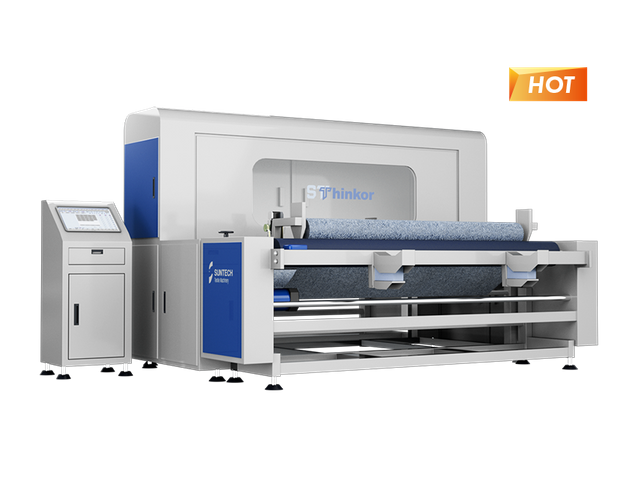In today's fast-paced manufacturing environment, maintaining high standards of quality control is paramount. One of the most significant advancements in this area is the visual inspection machine. These machines are transforming the way manufacturers ensure product quality, efficiency, and consistency.

What is a Visual Inspection Machine?
A visual inspection machine is an automated system designed to inspect products for defects, inconsistencies, or deviations from specified standards. These machines utilize advanced technologies such as machine vision, artificial intelligence, and image processing to perform detailed inspections at high speeds.
"Visual inspection machines are capable of detecting minute defects that human inspectors might miss, ensuring higher accuracy and reliability in quality control."
Key Benefits of Visual Inspection Machines
Implementing visual inspection machines in manufacturing processes offers numerous advantages:
- Increased Accuracy: These machines can detect even the smallest defects, ensuring that only high-quality products reach the market.
- Enhanced Efficiency: Automated inspections are faster than manual checks, reducing production time and increasing throughput.
- Cost Savings: By minimizing defects and rework, manufacturers can save on costs associated with wasted materials and labor.
- Consistency: Visual inspection machines provide consistent results, eliminating the variability associated with human inspectors.
Applications of Visual Inspection Machines
Visual inspection machines are used across various industries to ensure product quality and compliance with standards. Some common applications include:
- Automotive Industry: Inspecting components for defects, ensuring safety and reliability.
- Electronics Manufacturing: Checking circuit boards and electronic components for faults.
- Pharmaceutical Industry: Ensuring the integrity of packaging and labeling.
- Food and Beverage Industry: Inspecting packaging for contamination and proper sealing.
How Visual Inspection Machines Work
Visual inspection machines operate using a combination of hardware and software components. The process typically involves:
- Image Capture: High-resolution cameras capture images of the products as they pass through the inspection area.
- Image Processing: Advanced algorithms analyze the images to detect any defects or deviations from the specified standards.
- Decision Making: The system determines whether the product meets the quality criteria or needs to be rejected.
- Sorting: Defective products are automatically sorted out, ensuring only quality products proceed to the next stage.
For instance, the Visual Inspection Machine 123 from XYZ Corporation is equipped with state-of-the-art image processing capabilities, ensuring precise and reliable inspections.

Conclusion
In conclusion, visual inspection machines are revolutionizing manufacturing processes by enhancing accuracy, efficiency, and consistency in quality control. As technology continues to advance, these machines will become even more integral to ensuring the production of high-quality products across various industries.
For a deeper understanding of how visual inspection machines can benefit your manufacturing process, watch the following video:








